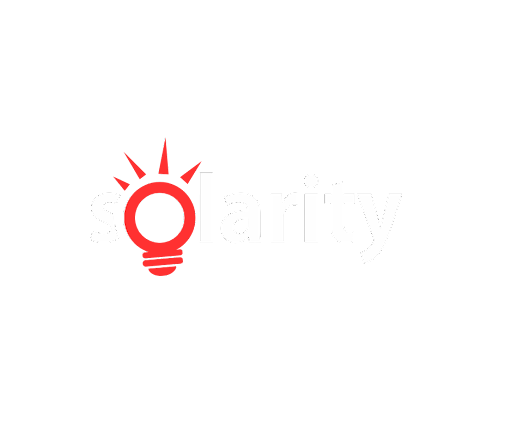Installing solar panels in your home provides numerous benefits. When considering adding solar panels, you must consider several factors, including energy conservation, appearance, and cost. These are critical factors that will influence your decision. The type of solar panels you buy was among the most important aspects of purchasing solar panels.
Finally, selecting the best solar panel will be a matter of personal preference based on the exact situation and goals. This useful guide will explain the various types of solar panels, their advantages, and how to choose the best solar panels for you.
Three Different Kinds of Solar Panels?
Monocrystalline, polycrystalline, and thin-film solar panels are the three types of solar panels. Every one of these solar cells is made differently and even has a different visual appeal. The following is a breakdown per each type of solar panel.
Monocrystalline solar cells are the most common and efficient type of solar cell available on the market. They are some of the earliest known and perhaps most reputable methods of generating solar energy.
As you may be aware, all solar panels are made up of silicon solar cells. When a silicon seed is placed in a vat of molten silicon, silicon is formed. The primary distinction between solar panels is a kind of silicon cell used. Solar cells in monocrystalline solar panels are made from a single crystal of silicon, whereas solar cells in polycrystalline solar panels are made from so many silicon fragments melted together.
Specifications for monocrystalline solar panels:
- It’s made of molten silicon retrieved from a quartz crucible.
- It has a typical black colouring and is the preferred option when building a solar PV system on a limited surface.
- Each panel is square, with an omitted corner on each side.
- One square metre of monocrystalline solar cells will produce approximately 190W.
- The panel costs about $1 to $1.50 per watt on average.
The Benefits of Monocrystalline Solar Panels
- The highest level of efficiency ranges from 17% to 24%.
- Because of their high efficiency, they require less space than other types.
- A warranty of 25 to 35 years is the longest available.
Designed for commercial use
- They perform better in low-light conditions, making them ideal for cloudy environments.
- Reduce the amount of energy required from local power plants.
- Reduce the use of scarce fuels and greenhouse gas emissions in the environment.
- It can be installed quickly and easily, and it requires little maintenance.
Solar Panels, Polycrystalline
Polycrystalline panels have lower efficiency rates, typically ranging from 13 to 16 percent. Monocrystalline panels have higher efficiencies ranging from 15-20%. Because of the lower efficiency rate, they take up more space and produce less power per square foot.
The first polycrystalline silicon-based solar panels were introduced to the market in 1981. Polycrystalline solar cells are made up of multiple silicon pieces. They are also known as “multi-crystalline,” or many-crystal silicon, and are popular among homeowners who want to install solar panels on a budget. The cost of a single polycrystalline solar panel ranges between $0.90 and $1 per watt.
Specifications for Polycrystalline Solar Panels
- Typically found in ridged panels and arranged on a rectangular piece of glass
- Poly panels have many different shades of blue due to the blended makeup of the cells.
- The texture and colour are erratic.
- It has a striped pattern.
- One square metre of polycrystalline solar cells will produce approximately 180W.
- It has a life expectancy of 23 to 27 years.
The Benefits of Polycrystalline Solar Panels
- The less complicated
- Less expensive manufacturing process
- There is no silicon waste.
The Most Effective Polycrystalline Solar Panels
Looking at the list of polycrystalline solar panels for sale, they were 30% less expensive than monocrystalline panels. However, thanks to improved technologies and market conditions, the cost difference is much smaller now. If you have a limited budget for a solar panel system, polycrystalline solar panels can help you save money while still providing high-quality panels.
It’s easier to make a decision now that you’ve considered the advantages and disadvantages of monocrystalline and polycrystalline solar panels. The following factors should help you decide which is the best option for you. (1) Applications (2) Capacity (3) Technology (4) Dimensions (5) Features (6) Financial. So there you have it: a useful guide to the distinction between monocrystalline and polycrystalline solar panels. If you have any questions or comments about this article, please leave them in the comments section.
